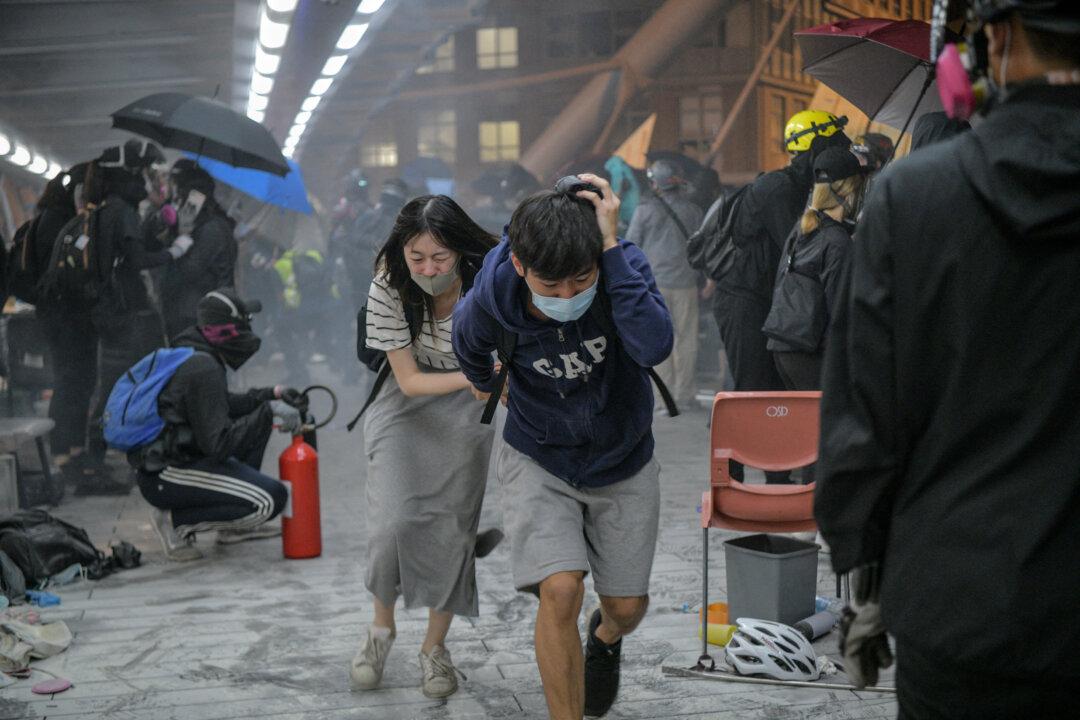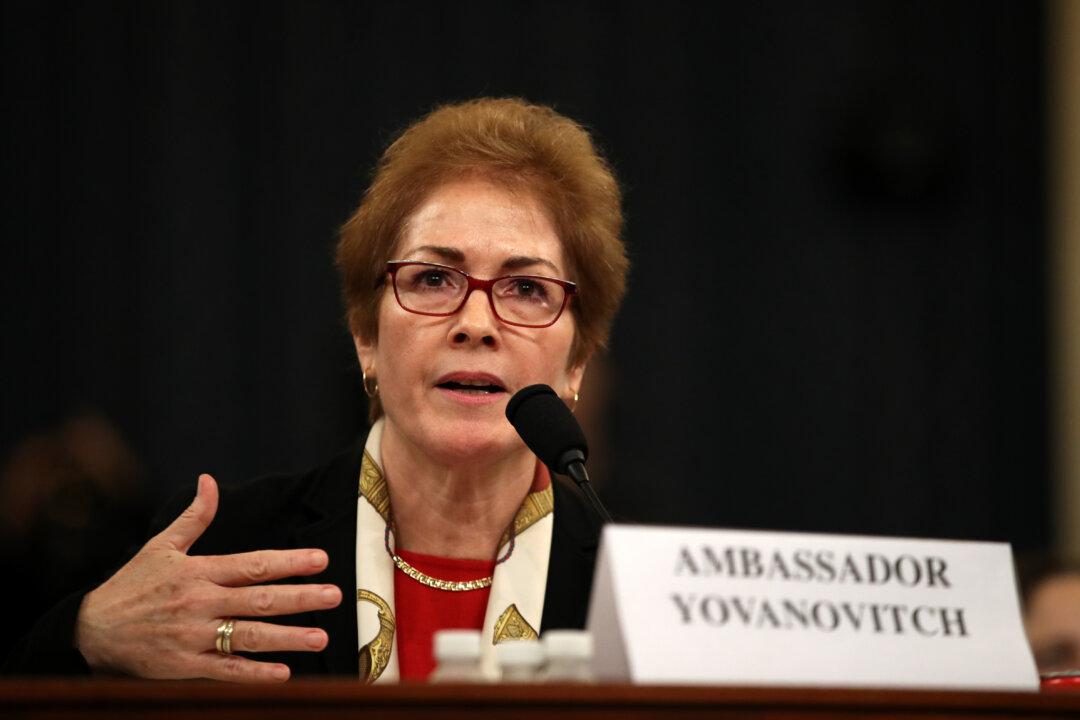In an upstate New York town of roughly 15,000, a Long Island developer is facing pushback for plans to build a Chinese education center using the controversial EB-5 investor program that trades foreign investment for United States citizenship.
The Thompson Education Center (TEC), which is predominantly in the Town of Thompson with a portion in the Town of Fallsburg, was first proposed in 2013 as China City of America, a “Chinese Disneyland” with an amusement park, an education center, a hotel, housing, and a mall.





